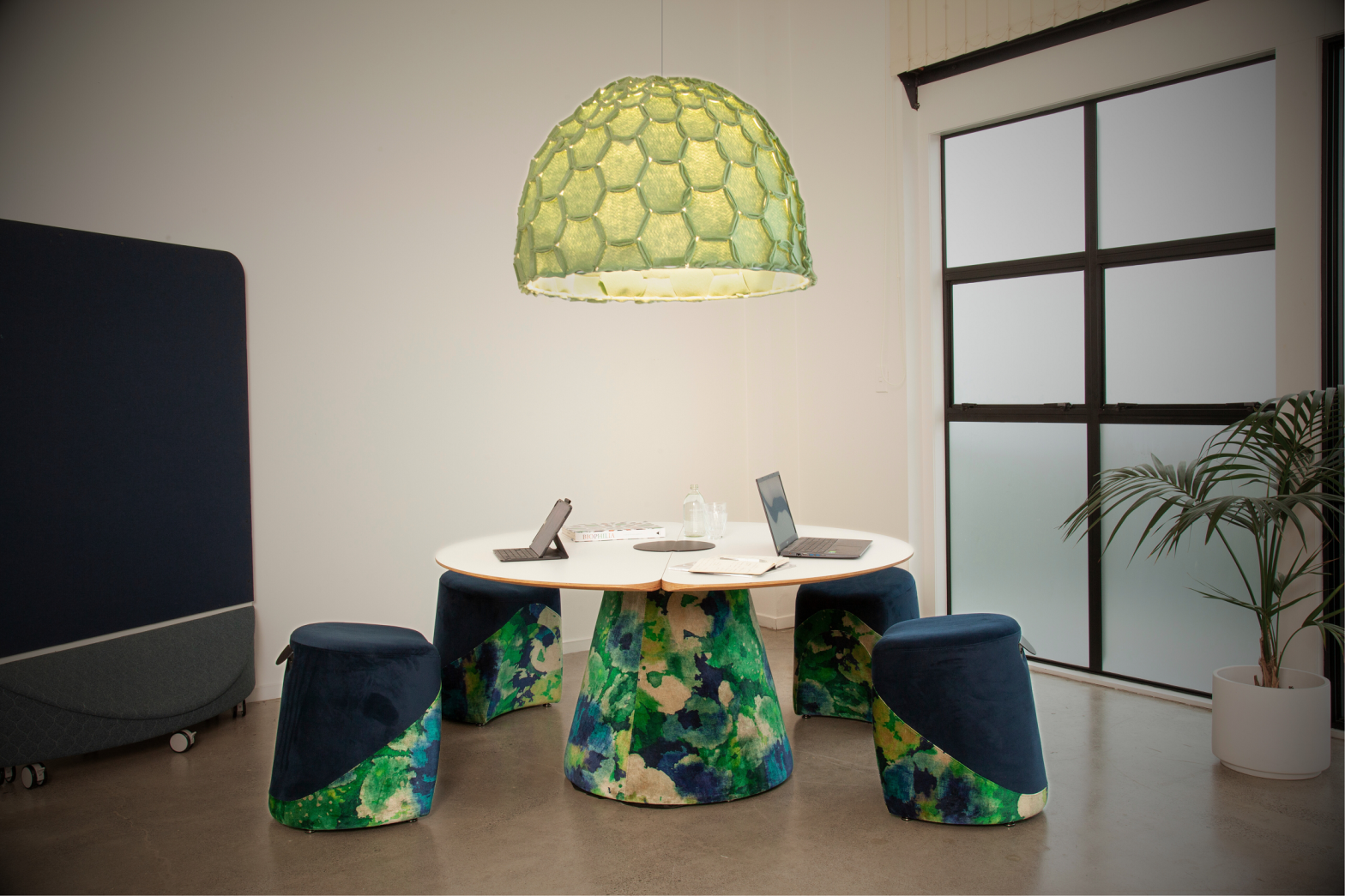
Most articles about the post-Covid return to the office are written from the perspective of corporates with large floorplates, large budgets, and hundreds of employees.
But what of the 97% of New Zealand companies with 50 employees or fewer?
It may be easy and within budget for a corporate to reconfigure their offices with game rooms, a laundry, or a gym.
But if you are the owner of a small-to-medium-sized business (SME) with, say, 20 employees, how do you compete for or retain the best talent around? And once you have them, how do you ensure they attend the office more often than not?
Magnet, not mandate
In terms of employee motivations, research from Total Workplace Group shows that flexibility and choice are key, finding:
- 80% of employees want to choose where they work and 97% when they work
- 70% feel connection to the company culture when given choice, versus only 36% where attendance is mandated
- 75% of workers who were able to choose to be in the office felt positive wellbeing, which came with 29% higher productivity rates
- Just 33% of fully remote workers reported the same feelings of wellbeing.
In a study by XSF, millennials (the largest working population) cite better collaboration, socialisation and a delineation of home and work life as key reasons to be in the workplace. They want to be engaged at work, they need personal connections, and top of their list is to be inspired within their work environment.
Create the magnet
Knowing this, the SME owner needs to look at their current workplace and consider if it’s delivering the inspiring, collaborative, or task-focused space this cohort is looking for.
The word ‘flexibility’ comes into play here. If your office space is made up of just desks and chairs, there isn’t much opportunity to find a place conducive to collaboration or creativity, or a quieter spot when people need to concentrate. If you have a very functional yet non-flexible space, it is not likely to be attractive to workers now used to the variety of home-working, café-working or co-working spaces.
If, on the other hand, you have invested in a workplace that offers zoned working, no matter how limited, research shows that your business will benefit. Purpose-designed, collaboration-focused flexible architecture and furniture helps deliver value that is undisputed. Collaboration can be either ad-hoc or planned, too, so space for each is good. Provision of quiet spaces using acoustic furniture or lighting can enhance concentration — and, once again, boost productivity and creativity.
If your team works in a hybrid pattern, you may find you have extra space on a daily basis. It makes sense to use that space in a creative way by taking out a desk or two and adding in pieces of furniture your employees choose to use. Choice is key, remember.
Three rules to guide your SME fitout choices
1 – Consider tasks and personalities
Think about what your team needs to achieve, how individuals work, and the personalities required to get that work done. Is your business task focused? Is it creative? Does it require a lot of collaboration and thinking within the team, or have you become successful through intense concentration? Good commercial furniture is specifically designed to suit a need. Great furniture can be flexible, too. Exceptional furniture does all this and delivers on innate, human-centric needs that the user may not even understand, but which deliver the wellbeing benefits that also benefit your business.
2 – Think flexibility
As a smaller business, you may not have the space or budgets to provide every person or working style their own separate areas. SMEs need to be nimble and adaptable, so when it comes to furnishings and fitout, invest in pieces that offer flexibility, whether that’s in terms of mobility, modularity, or scalability. It will pay off to ensure your fitout offers futureproofing and is as flexible a workspace as you can engineer.
3 – Think holistically
Finally, don’t think of furnishings, lighting, or even architecture in isolation; consider the whole workspace and the needs of the whole team. Zone your space according to the tasks and personalities you need to satisfy. Think about the acoustics of your space: is it difficult to have a conversation without everyone else overhearing, or does your background music seem either too loud or too soft? Also, think biophilically (the innate human connection to nature). Biophilic design has been proven to improve productivity and creativity and reduce absenteeism. Planting is a good start, but investing in pieces that have been designed with biophilic principles in mind is going to provide dividends. PLN Group (plngroup.co.nz) has a free online resource about biophilic design and its benefits.





